205 vs 235 Tires
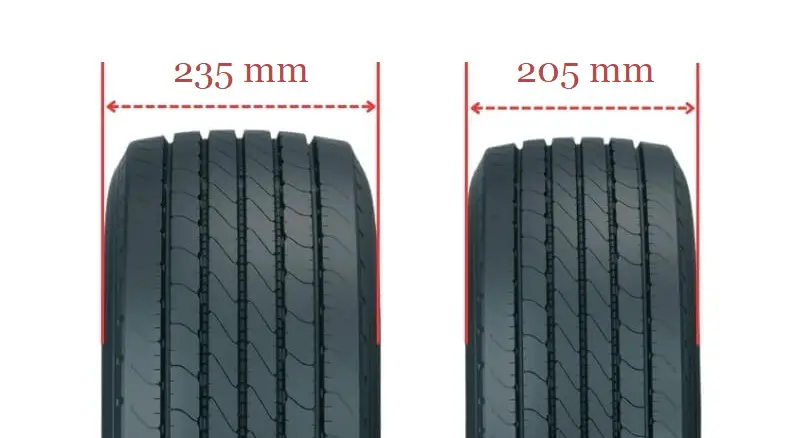
The main difference between a tire size of 205 and 235 is the section width of the tire. The number represents the width of the tire in millimeters. This means that the 235 tire will be 30 mm wider than the 205 tires.
205 vs 235 Table
This comparison table provides a quick overview of the differences between 205 tires and 235 tires.
| 235 Tire Size | 205 Tire Size |
|---|---|
| Slightly less Gas Mileage due to more rolling resistance | Better gas mileage from lower rolling resistance |
| More comfortable ride due to wider footprint and taller sidewalls | Less comfortable but more responsive on smooth roads |
| More aggressive, athletic stance | More aerodynamic, sleek profile |
| More stability, especially in uneven conditions | Quicker turn-in and responsiveness |
| May generate more noise but absorb vibrations better | Transmit more road noise and vibration into cabin |
| Taller sidewalls resist curb damage, may have uneven wear | Last longer before needing replacement |
| Much higher load capacity and weight rating | Less load capacity due to smaller size |
| Better traction and control in snow, mud, etc | May cut through very deep snow to pavement |
Gas Mileage
The 205 tires, with their smaller width and diameter, provide better gas mileage thanks to reduced rolling resistance and rotational mass. The lighter 205 tires require less energy to rotate.
However, the 235 tires have a larger contact patch, which can actually improve grip and reduce slippage in certain conditions, balancing out the mileage.
Ride Comfort
The wider 235 tires offer a more comfortable ride than the 205. Their taller sidewalls and wider footprint provide better absorption and isolation from minor road irregularities.
However, the 205 shorter sidewall makes them more responsive and nimble over smooth pavement. Overall, the 235 strikes a better balance for ride comfort over varied surfaces.
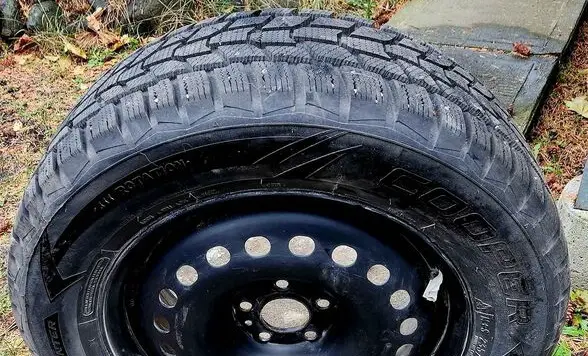
Aesthetics
Visually, the wider 235 tires fill out the wheel wells more for a more aggressive, athletic stance. Their larger diameter even allows for fitting larger wheels.
However, the narrower profile of the 205 contributes to a slimmer, more aerodynamic appearance. The 205 maintains a classic, sleek look for older vehicles with smaller wheels. Ultimately, aesthetic preference here is subjective to the vehicle.
Handling & Stability
The 205 tires provide quicker turn-in and responsiveness, which enthusiasts prefer for spirited driving. Their shorter sidewalls make them feel more connected to the road.
But the 235 shine in stability – their wider footprint and taller sidewall lend confidence in handling uneven pavement, weather effects, and high-speed maneuvering.
So, while the 205 handles better on smooth roads, the 235 inspires more stability in real-world bumpy conditions.
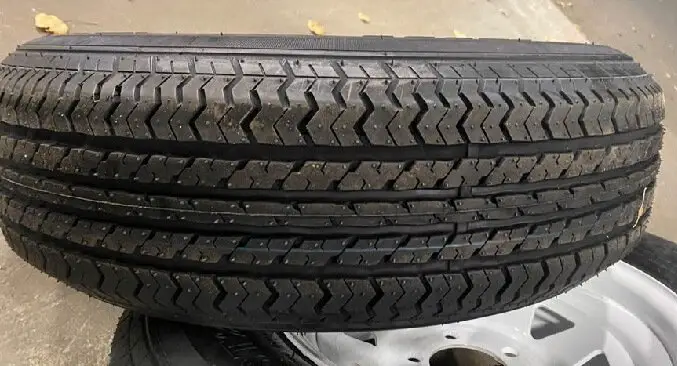
Noise & Vibration
The narrower 205 tires transmit more road noise and vibration into the cabin from their shorter sidewalls. But the wider 235 generate more noise themselves, especially when equipped with aggressive tread patterns.
And their softer sidewalls allow more vibration absorption. In most cases, the 235 finds the best balance between noise isolation and generation.
Durability & Wear
The significant difference in contact patch width between the 205 and 235 tires suggests the potential for uneven wear on the 235. The lesser weight of the 205 puts less strain on suspension and driveline components.
However, the taller sidewall on the 235 makes them more resistant to curb damage. The 205 needs less replacement for longevity, but the 235 can withstand more abuse.
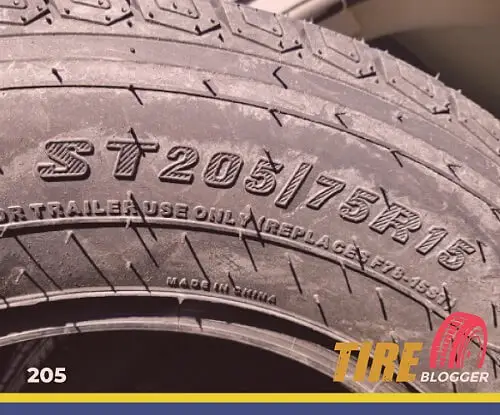
Load Capacity
With their wider footprint and bigger overall size, the 235 tires offer substantially more load capacity over the 205. They can handle heavier vehicles and payloads with less strain and deflection.
For light passenger vehicles, this advantage is muted. But for larger sedans and trucks, the 235 safely support more weight by design.
Adverse Conditions
Here, the 235 tires pull ahead again thanks to sizing. Their large contact patch, aggressive tread patterns, and tall sidewalls provide much more traction in snow, mud and loose dirt compared to the narrower 205.
The 205 may cut through to pavement better in very deep snow. But overall, the 235 gives more capability and control when traction is limited by weather or surfaces.
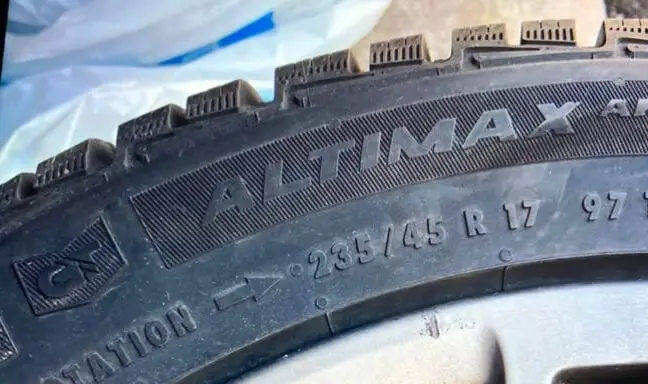
Difference Between 205 and 235 Tires
The main difference between 205 and 235 tires is the section width, with 235 tires being 30mm wider than 205 tires. This difference in width affects various aspects of tire performance and handling characteristics.
Can I Replace 205 Tires With 235?
Yes, you can replace 205 tires with 235 tires. The ideal rim width ranges for these tire sizes overlap, making this upgrade possible. However, it’s essential to keep in mind that the aspect ratio and rim diameter of the new tires should match your current setup.
If the aspect ratio or rim diameter does not match, then the overall diameter difference should stay within 3% to avoid affecting speedometer accuracy and vehicle performance.
Can I Put 235 Tires on 205 Rims?
Yes, you can put 235 tires on rims designed for 205 tires. The ideal rim width range for 205 tires (6.0-7.5 inches) overlaps with the range for 235 tires (7.0-8.5 inches), ensuring proper fitment.
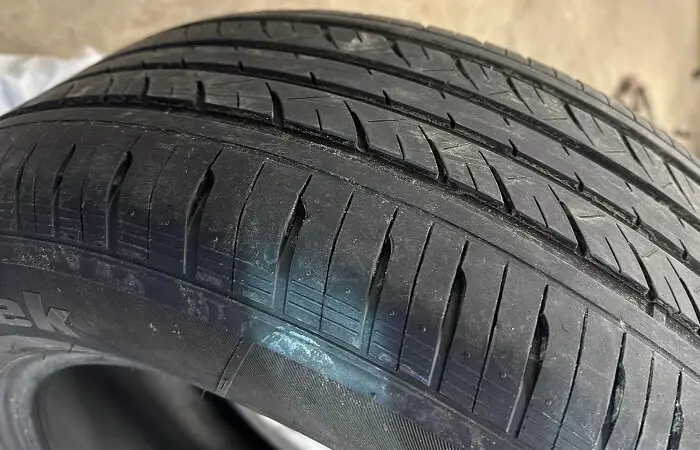
Can I Put 205 Tires on 235 Rims
Yes, you can put 205 tires on rims designed for 235 tires. The ideal rim width range for 205 tires (6.0-7.5 inches) overlaps with the range for 235 tires (7.0-8.5 inches), ensuring proper fitment.
Can I Replace 235 Tires With 205
Yes, it is possible to replace 235 tires with 205 tires. The ideal rim width range for 235 tires (7.0-8.5 inches) overlaps with the range for 205 tires (6.0-7.5 inches), making this switch feasible.
That being said, some significant elements warrant attention. New tires should have an aspect ratio and rim diameter consistent with your present setup.
If these parameters differ, ensure the overall diameter difference stays within 3% to avoid impacting speedometer readings and vehicle performance.
Our Observation
Our comparison shows no universally “best” option between the 205 and 235 tires. Both widths provide advantages depending on vehicle type, intended use, and priorities.
For heavier vehicles, load capacity and stability point to 235. For nimble and street-focused vehicles, 205s offer a livelier driving feel. Consider your needs.
But typically, for most drivers seeking day-to-day drivability and all-weather surefootedness across varying road conditions, the more versatile 235 sizes will deliver the most well-rounded performance and value.

Meet Caitlin McCormack, a Tire Size Expert and Blogger Passionate About Everything Related to Tires. With Years of Experience in the Tire Industry, Caitlin Has Become an Expert in Tire Sizes and Their Impact on Vehicle Performance.
